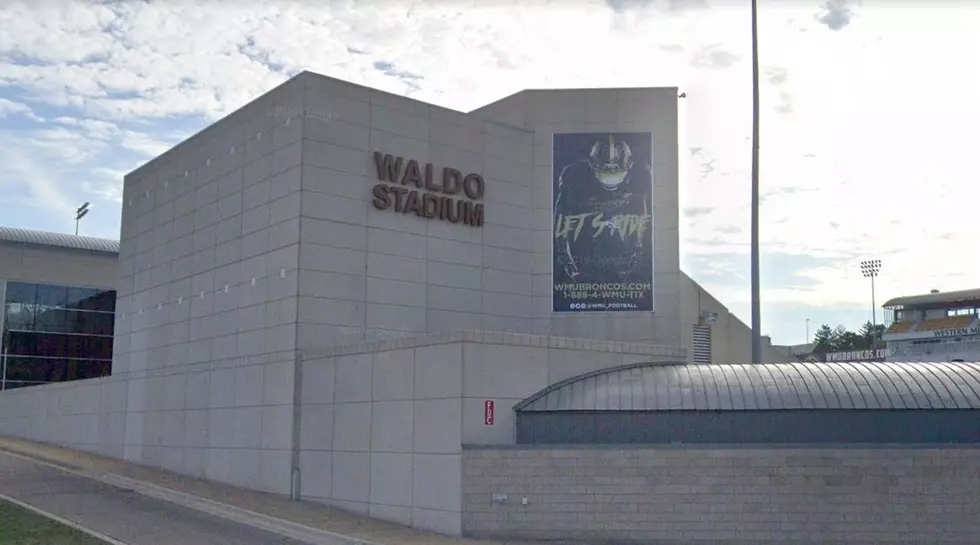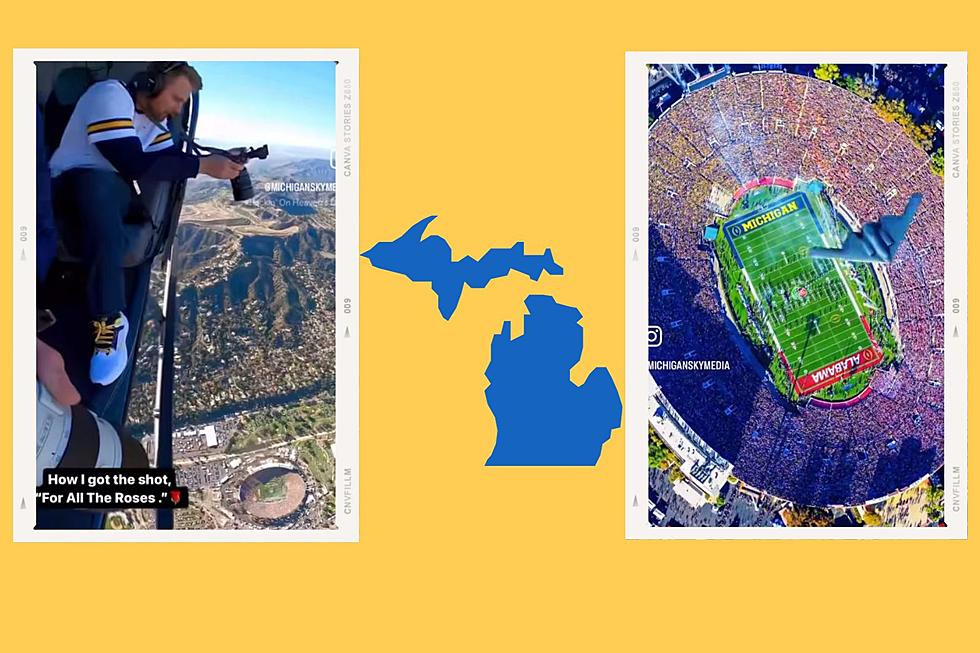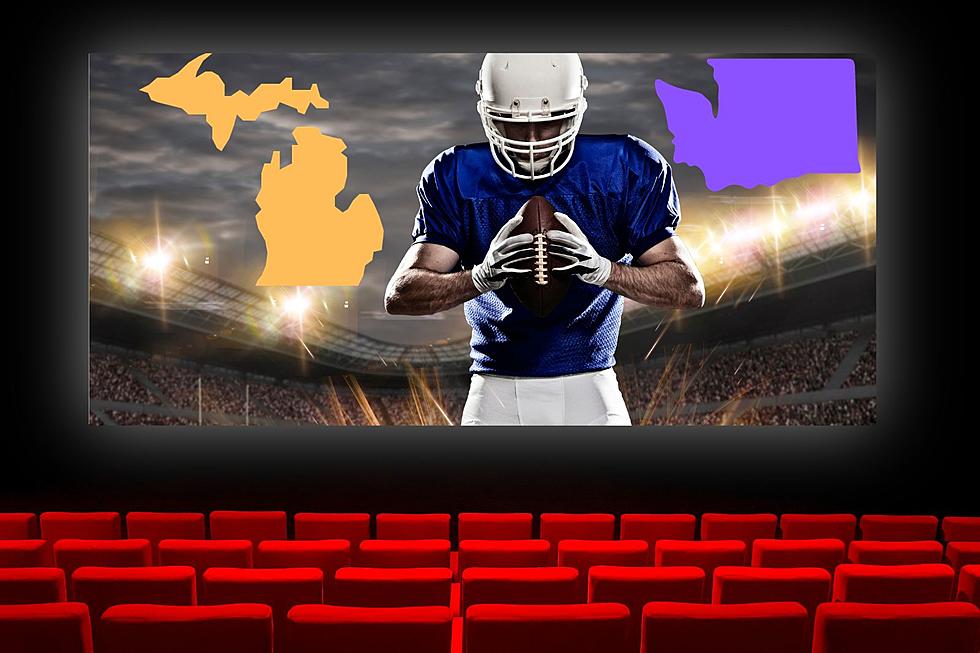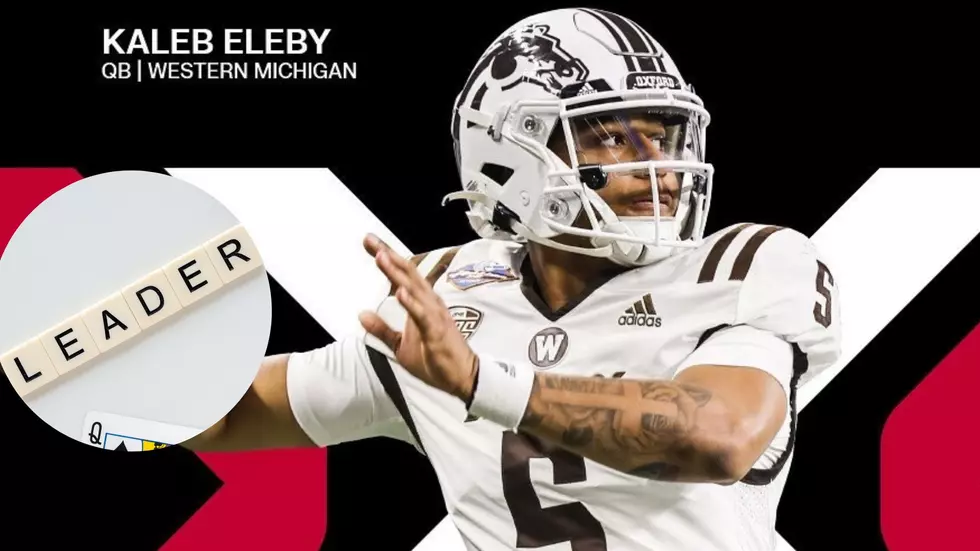
As College Sports Consolidates, Can WMU Athletics Survive?
It's been a summer of upheaval in college athletics. With UCLA and USC announcing their move to the Big Ten Conference, talk has accelerated about the remaining big schools and which conferences they'll be joining in these arranged marriages of convenience.
Pardon me for asking an uncomfortable question, but I live in Kalamazoo. My son graduated from Western Michigan. The school is just down the street. Where do the Broncos and the MAC Conference fit into this?
Can a conference like the MAC and a school like Western Michigan survive in this brave new world? As stated before, remember one thing: it's all about money. Is there enough money to sustain an athletic program at a mid-major school like WMU?
One of two major sources of revenue for smaller schools like WMU is the sacrificial lamb games that are played at the front end of the college football season in packed football stadia. This September 2nd, it's a game with Michigan State. A few years back it was a trip to Los Angeles to play USC; one year it was Florida State. In between, pretty much every major Big Ten program. All these games come with big paychecks, in the range of seven figures. A lot of schools will tell you that's their athletic budget.
Here's hoping Dwayne Stephens can turn the WMU basketball program around, but Western has never drawn for hoops, and there's lots of speculation if and when Tom Izzo decides he doesn't want to coach anymore, Stephens will be heading back the other way on I-94 and I-69. Bronco hockey can fill Lawson Ice Arena on occasion, but that's only 3,000 and hockey's an expensive sport. How do you pay the bills?
The other important source of income is television. In recent years, the MAC Conference has been able to cash in with a TV contract with ESPN for mid-week games on Tuesdays and Wednesdays. On a cold November night when the wind is blowing hard sideways, the crowd might be less than 5,000, but the TV money is much more than that.
There are a lot of unanswered questions as the shakedown continues, but if these new "super conferences" have twenty or thirty teams, will there still be room at the beginning of the season to schedule a payday game for the Little Sisters of Mercy with say, Michigan or Ohio State? Will ESPN still want to feature mid-week "MAC-tion" or will they be supplanted by lesser big schools' games, say Illinois vs. Rutgers? (Remember, this is about TV markets. There are lots of alumni in and around Chicago and New York City.)
These football questions are just tangential to a bigger question. We keep reading about enrollment falling at schools like Central Michigan and yes, Western Michigan. WMU's near-term future is less shaky after the big donations announced in the past two years, but are schools like Central even going to be around? Athletics is a billion-dollar endeavor for the athletic department at Michigan. WMU doesn't have the luxury of a big TV contract, and none of its sports draw well enough to get by on gate receipts.
And, finally, on a sentimental note, kiss the possibility of Western Michigan ever again going to a major bowl game goodbye. An undefeated schedule of mostly MAC opponents will not get you one vote in the polls.
College athletics is finally admitting what we've known all along - it is now professional sports. Let's hope schools like WMU are roadkill along their highway to the promised land.
LOOK: The most expensive weather and climate disasters in recent decades
LOOK: The top holiday toys from the year you were born
More From WKFR









